Next steps for the surveillance function
Surveillance professionals face challenges all the way from coverage to solving the false positives problem, and from getting on top of fixed income to defining their journey towards risk-based surveillance. One problem they do not believe is theirs is data capture and retention – they surveil the data they are given. Those US fines are not a surveillance issue, but a record-keeping issue.
One key surveillance theme on Day One was further driving optimisation and increasing the efficiency of investigations, which in turn releases money that can be reinvested in expanding coverage where that is needed. “Whilst the marginal gains are not what they were, the gains are still big enough to meet the ROI requirements of the bank and so at the moment I am allowed to reinvest any savings in more improvements,” said one head of surveillance.
Participants cited regulatory obstacles to efficiency as a problem. Regulators are not keen on losing evidence in order to reduce the false positive rate. So how do you gather more evidence for more events and triage to their satisfaction? One answer is to do it on an aggregate statistical basis and to add in evidence of relationships identified by automated analysis. That also creates more coverage in terms of adding in models for identifying more types of market abuse.
Coverage was debated, the view being that the traditional coverage game, which does not take a risk-based view of what to cover, is being replaced with a much more targeted approach. Instruments or languages or channels which are rated low in risk assessments will be resourced accordingly, rather than banks trying to cover everything equally.
Integrated surveillance and the role of comms were hotly debated. Some banks feel that e-comms and voice are very secondary to trade, and that comms should only be included if there is a good risk basis for that. “For many types of market abuse, how much benefit am I actually going to get with a secondary control like comms?” said one participant. “And think about it in another way. You would never surveil with voice as the starting point. You’d find nothing because it’s too hard – even when you know what you’re looking for and are listening to the recording, it’s often so subtle you’d never catch it even as a human being”. And so the only use is in an investigation when you know what you are looking for. These banks are sceptical about integrated surveillance. Others feel that there has been too much focus on trade and that the industry is far too complacent on comms – and they are pursuing integration of trade and comms.
Finally, the buy-build debate is not over. An increasing number of banks seem to be developing their own systems. As one said, “We've taken a very deliberate route to internalise an awful lot of our surveillance environment and that investment, I think, sets us up well to make incremental changes, to be nimble, and to be masters of our own destiny at a decent price point.”

